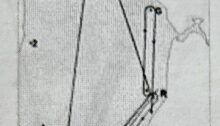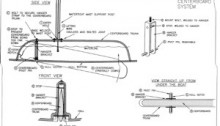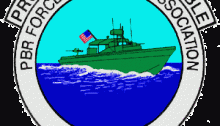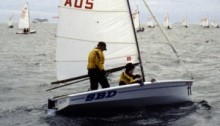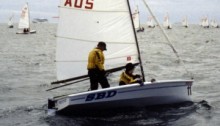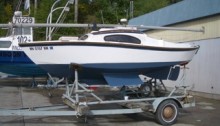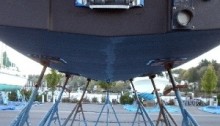PHRF Courses and Sailboat Design
Performance Handicap Racing Fleet (PHRF) race courses have transitioned from traditional Olympic triangular patterns to windward-leeward designs, emphasizing tactical skills, boat speed, and positioning. Random Leg courses, which offer varied angles and conditions, provide more balanced competition for different boat types.
Naval architecture has evolved to optimize boats for specific conditions, creating designs specialized for particular race formats, often favoring performance over versatility. Cruiser-racers and traditional cruising designs may struggle to compete on modern windward-leeward courses, prompting new classifications.
